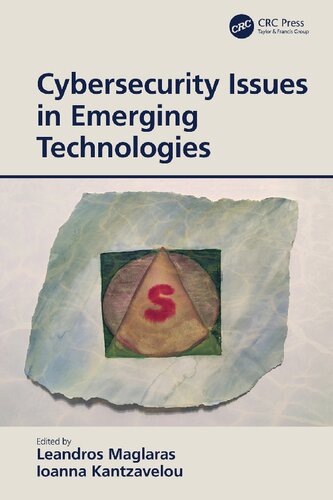

Most ebook files are in PDF format, so you can easily read them using various software such as Foxit Reader or directly on the Google Chrome browser.
Some ebook files are released by publishers in other formats such as .awz, .mobi, .epub, .fb2, etc. You may need to install specific software to read these formats on mobile/PC, such as Calibre.
Please read the tutorial at this link. https://ebooknice.com/page/post?id=faq
We offer FREE conversion to the popular formats you request; however, this may take some time. Therefore, right after payment, please email us, and we will try to provide the service as quickly as possible.
For some exceptional file formats or broken links (if any), please refrain from opening any disputes. Instead, email us first, and we will try to assist within a maximum of 6 hours.
EbookNice Team

Status:
Available0.0
0 reviewsThe threat landscape is evolving with tremendous speed. We are facing an extremely fast-growing attack surface with a diversity of attack vectors, a clear asymmetry between attackers and defenders, billions of connected IoT devices, mostly reactive detection and mitigation approaches, and finally big data challenges. The clear asymmetry of attacks and the enormous amount of data are additional arguments to make it necessary to rethink cybersecurity approaches in terms of reducing the attack surface, to make the attack surface dynamic, to automate the detection, risk assessment, and mitigation, and to investigate the prediction and prevention of attacks with the utilization of emerging technologies like blockchain, artificial intelligence and machine learning.
This book contains eleven chapters dealing with different Cybersecurity Issues in Emerging Technologies. The issues that are discussed and analyzed include smart connected cars, unmanned ships, 5G/6G connectivity, blockchain, agile incident response, hardware assisted security, ransomware attacks, hybrid threats and cyber skills gap. Both theoretical analysis and experimental evaluation of state-of-the-art techniques are presented and discussed. Prospective readers can be benefitted in understanding the future implications of novel technologies and proposed security solutions and techniques. Graduate and postgraduate students, research scholars, academics, cybersecurity professionals, and business leaders will find this book useful, which is planned to enlighten both beginners and experienced readers.